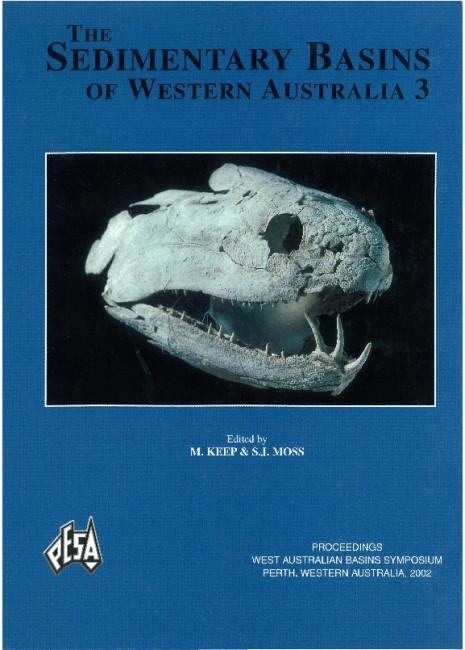Publication Name: The Sedimentary Basins of WA
Authors: G.K. Ellis
Publication Volume: 3
Date Published: December 2002
Number of Pages: 35
Reference Type: Book Section
Abstract:
Produced formation water &om the Angel Formation in the Talisman Oil Field, North West Shelf, Australia, was analysed on a regular basis during water production, from December 1989 to the termination of production in July 1992. Evaluation of these analyses has defined chemical changes to the formation water, particularly a reduction in sulphate and an increase in bicarbonate content, dose to the oil-water contact. These changes, in conjunction with the recovery of live and fossilised sulphate-reducing bacteria, point to bacterial reduction of formation water sulphate dose to the oil-water contact. The Talisman formation water chemical signatures, indicative of bacterial sulphate reduction dose to an oil accumulation, have the potential to provide valuable proximity to oil pay indicators for exploration.From a production perspective, the routine water analyses enabled identification of current sulphatereducing
bacterial activity in the surface production equipment and facilitated remedial biocide additions to eliminate metal corrosion and contamination of the produced oil. In addition, subde differences, observed in the chemistry of the formation water produced from the 'B' and 'C' sands of the Angel Formation in Talisman 1 and 7 respectively, even though the water is &om the same regional aquifer, were used to determine the contribution
of each well to co-mingled water production.


